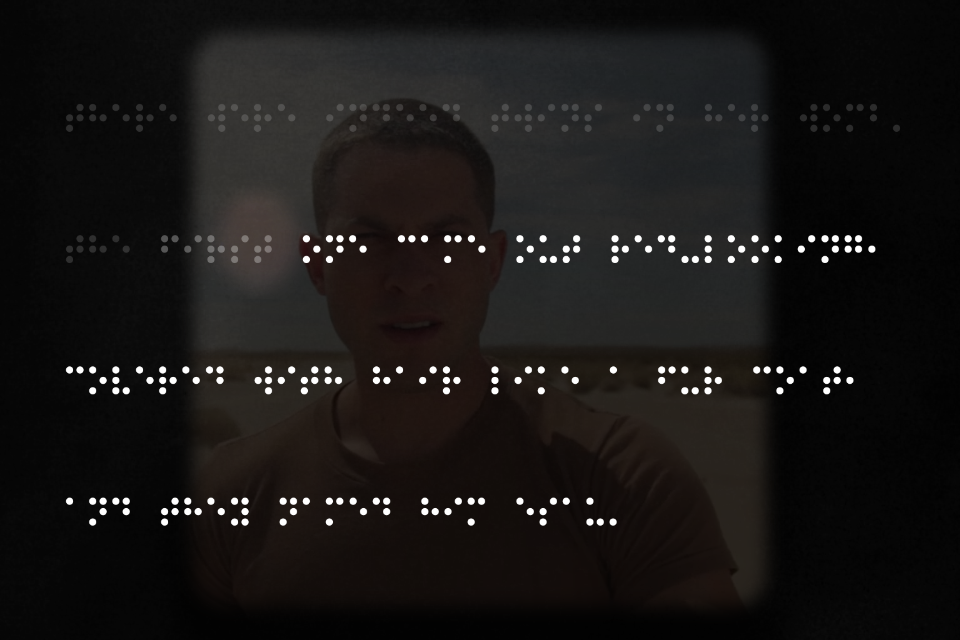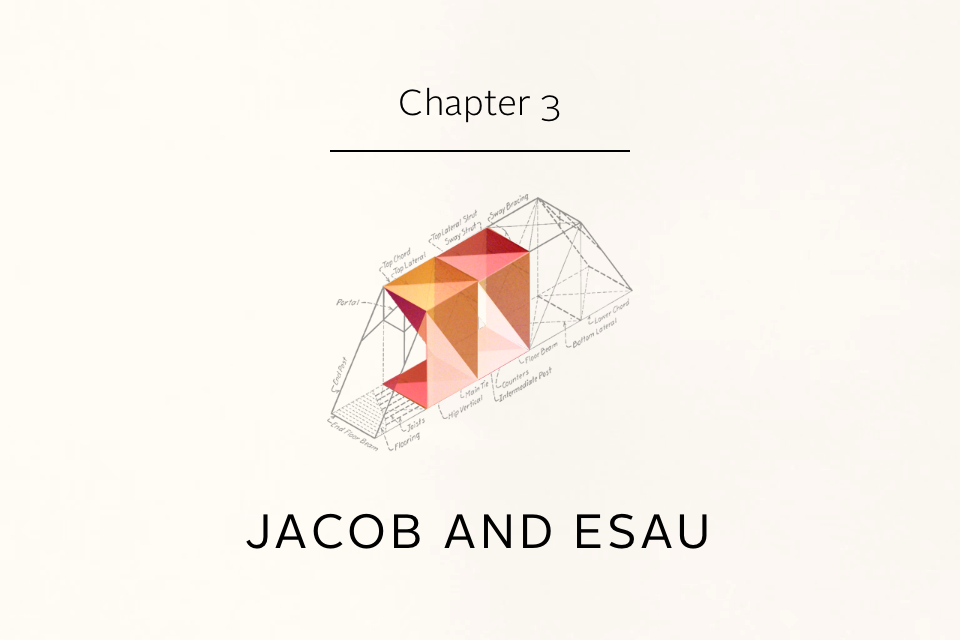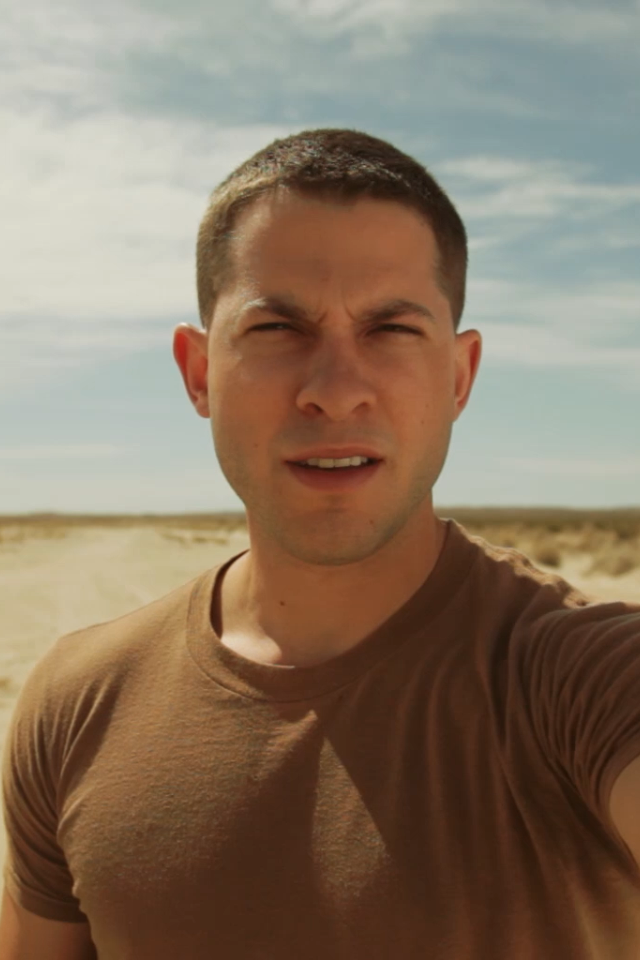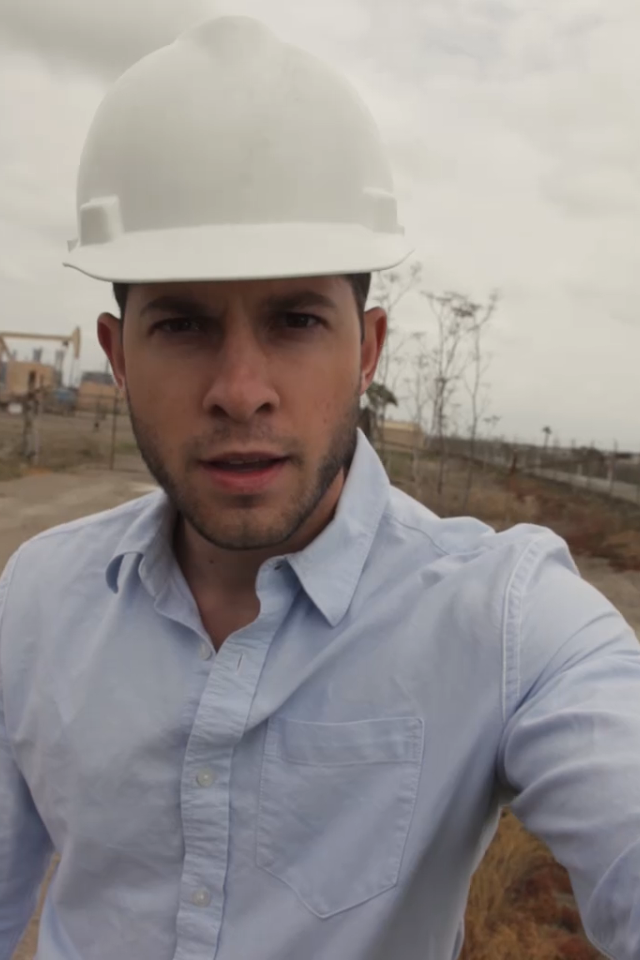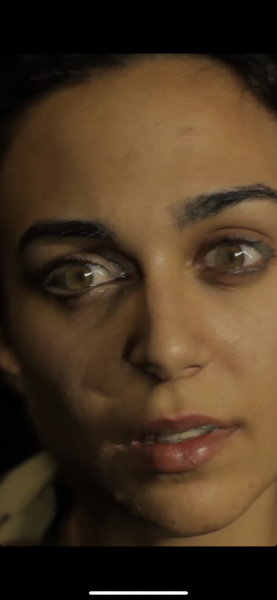The final three chapters in Pry really stood out to me because these three chapters really took the effects work and psychological aspect up to 11. The work done in the first 4 chapters did a good job of building up James’ character, and from chapter 5 onwards you start to see his psyche grow more and more chaotic and confusing.
One of my favorite parts of Chapter 5 was the fact that there is actually a bit of multilinearity involved. Chapter 5 opens up where Chapter 4 left off. James gets up to go to a new job, Luke was fired from the last one. During the drive to the new job, he continues to have self-hating thoughts that he isn’t good enough, that Luke doesn’t trust James, etc. When he arrives on site he walks across a railroad. At this point two things can happen. Either you keep James’ eyes open to the point where his vision blurs and he falls off the railway track, or you open and close periodically and make it all the way to the end, only to transition into his thoughts. In both instances, his subconscious is brought to the forefront, while reality is placed where the subconscious has been since the start of the story. I think it represents his continual descent into his own mind, and how he is starting to lose his grasp on what is real and what isn’t. Chapter 7 really brings this home with the constant back and forth between different moments in time, blurring the line between reality and memory.
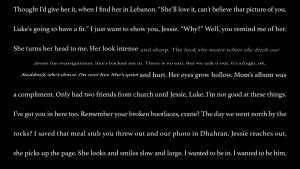

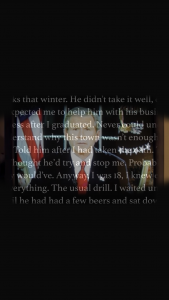
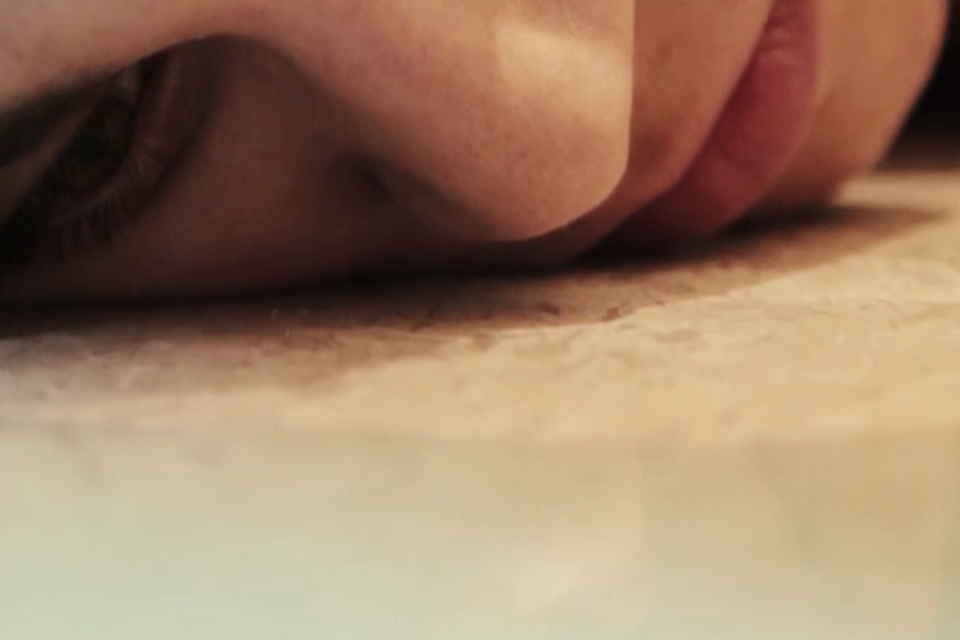
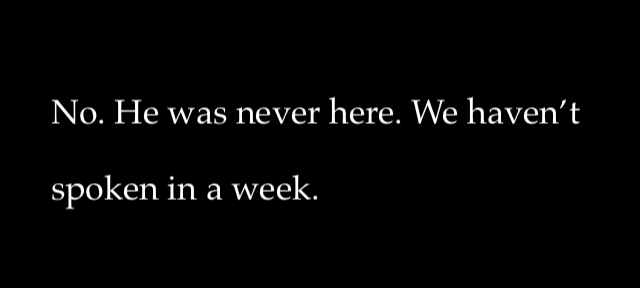
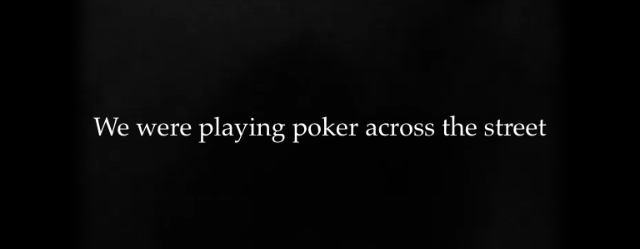
 In chapter 5, he explains the process of how he ended up on the bridge. His conversation with Luke, the shooting of the airsoft rifle at the statue and braille bible, his vision almost gone, and their fight. He keeps repeating that he needs to prove himself. That he’s getting replaced and he’s dead weight. Up to the point where he falls off the bridge into the water. Chapter 6 begins with the folding and unfolding of text until the reader unfolds it enough to split the screen open and see the video beneath. That video however, after reaching a certain climax forcefully shuts. Continuing to try and pry it open, it will force itself shut a number of times. In this sense, it is almost as though James is trying to block out that memory, shutting it away, while the reader is trying instead to pry it open and uncover it.
In chapter 5, he explains the process of how he ended up on the bridge. His conversation with Luke, the shooting of the airsoft rifle at the statue and braille bible, his vision almost gone, and their fight. He keeps repeating that he needs to prove himself. That he’s getting replaced and he’s dead weight. Up to the point where he falls off the bridge into the water. Chapter 6 begins with the folding and unfolding of text until the reader unfolds it enough to split the screen open and see the video beneath. That video however, after reaching a certain climax forcefully shuts. Continuing to try and pry it open, it will force itself shut a number of times. In this sense, it is almost as though James is trying to block out that memory, shutting it away, while the reader is trying instead to pry it open and uncover it.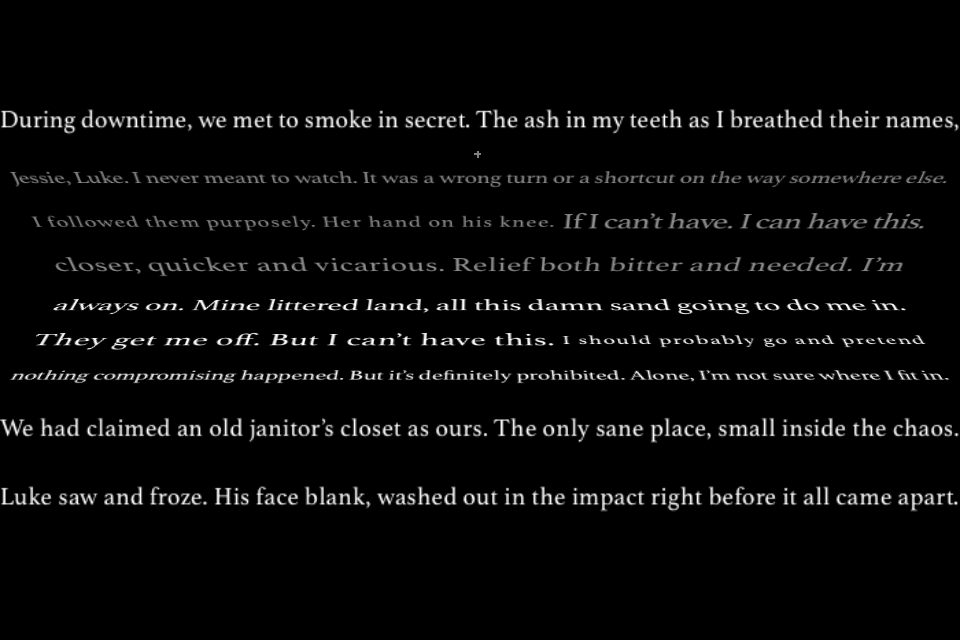


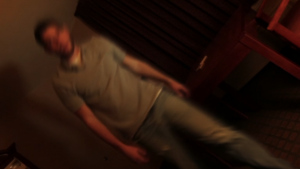

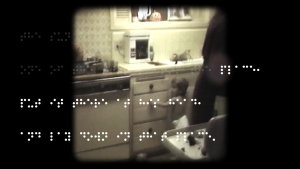
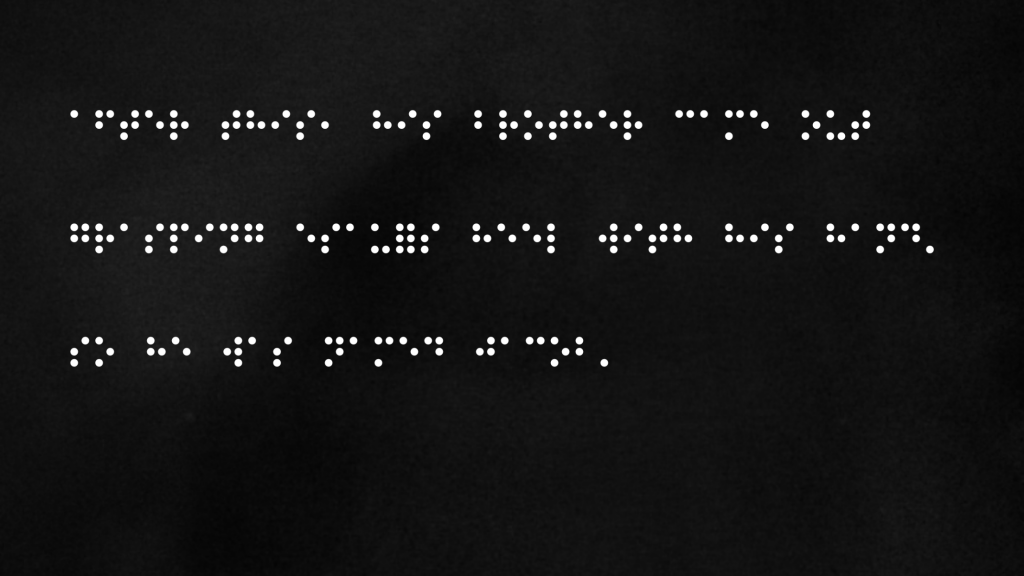

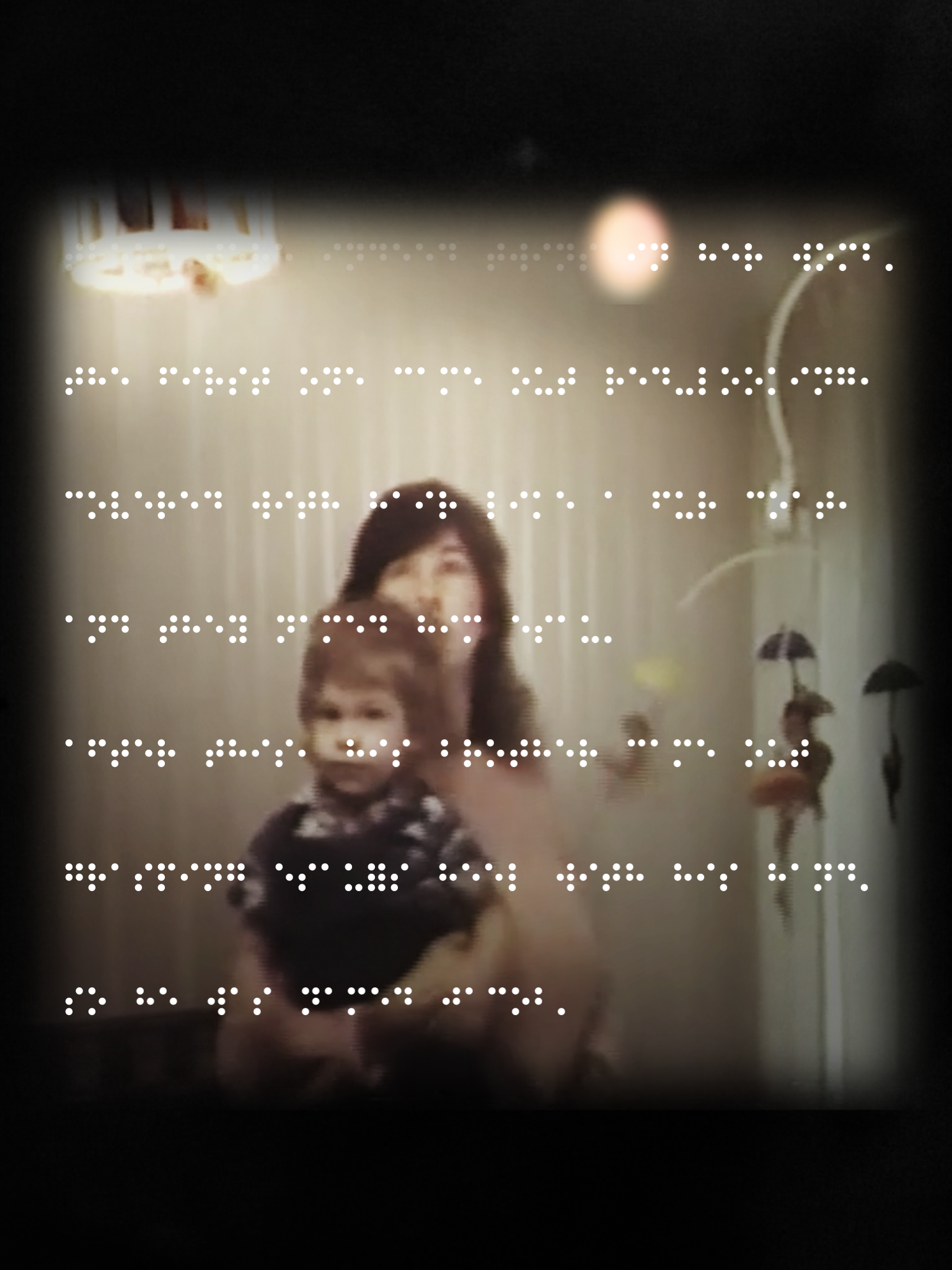

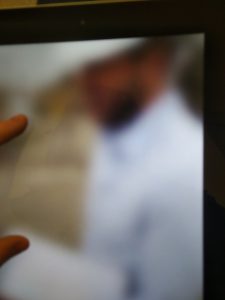
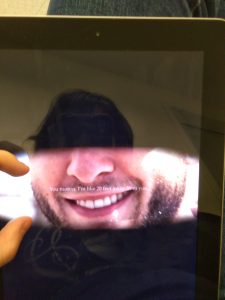
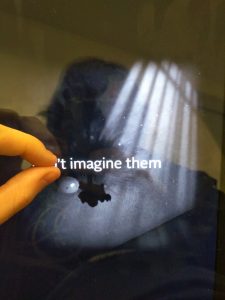
 Pry is an engaging story about a man named James who is a demolition consultant that comes back from the gulf war and experiences vision failure throughout the story. This grants the reader the opportunity to explore not only what James experiences in reality, but his thoughts as well. This creates a story that is linear in the sense that it moves from chapter to chapter, yet can be engaged with and explored in a plethora of ways, as the reader gets to choose whether to explore James’ thoughts or the reality in front of him.
Pry is an engaging story about a man named James who is a demolition consultant that comes back from the gulf war and experiences vision failure throughout the story. This grants the reader the opportunity to explore not only what James experiences in reality, but his thoughts as well. This creates a story that is linear in the sense that it moves from chapter to chapter, yet can be engaged with and explored in a plethora of ways, as the reader gets to choose whether to explore James’ thoughts or the reality in front of him.
